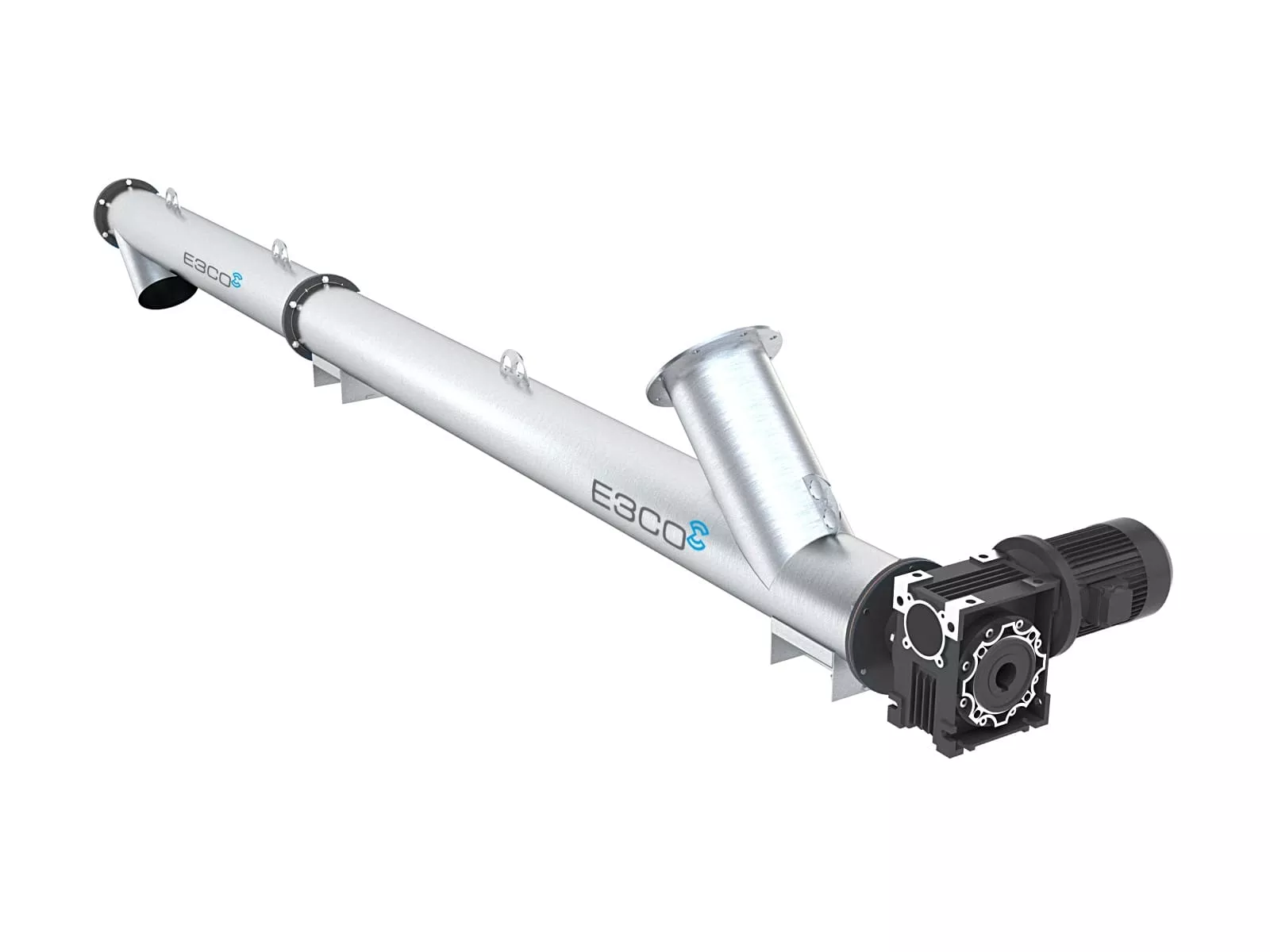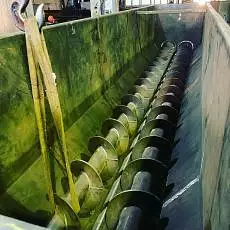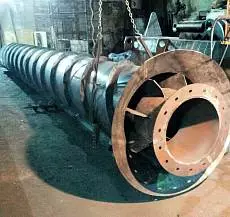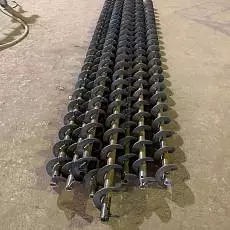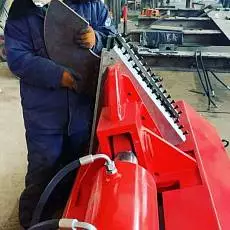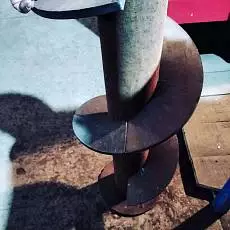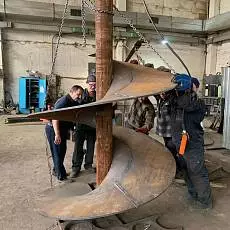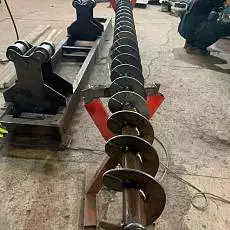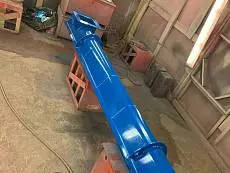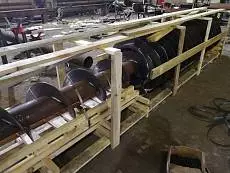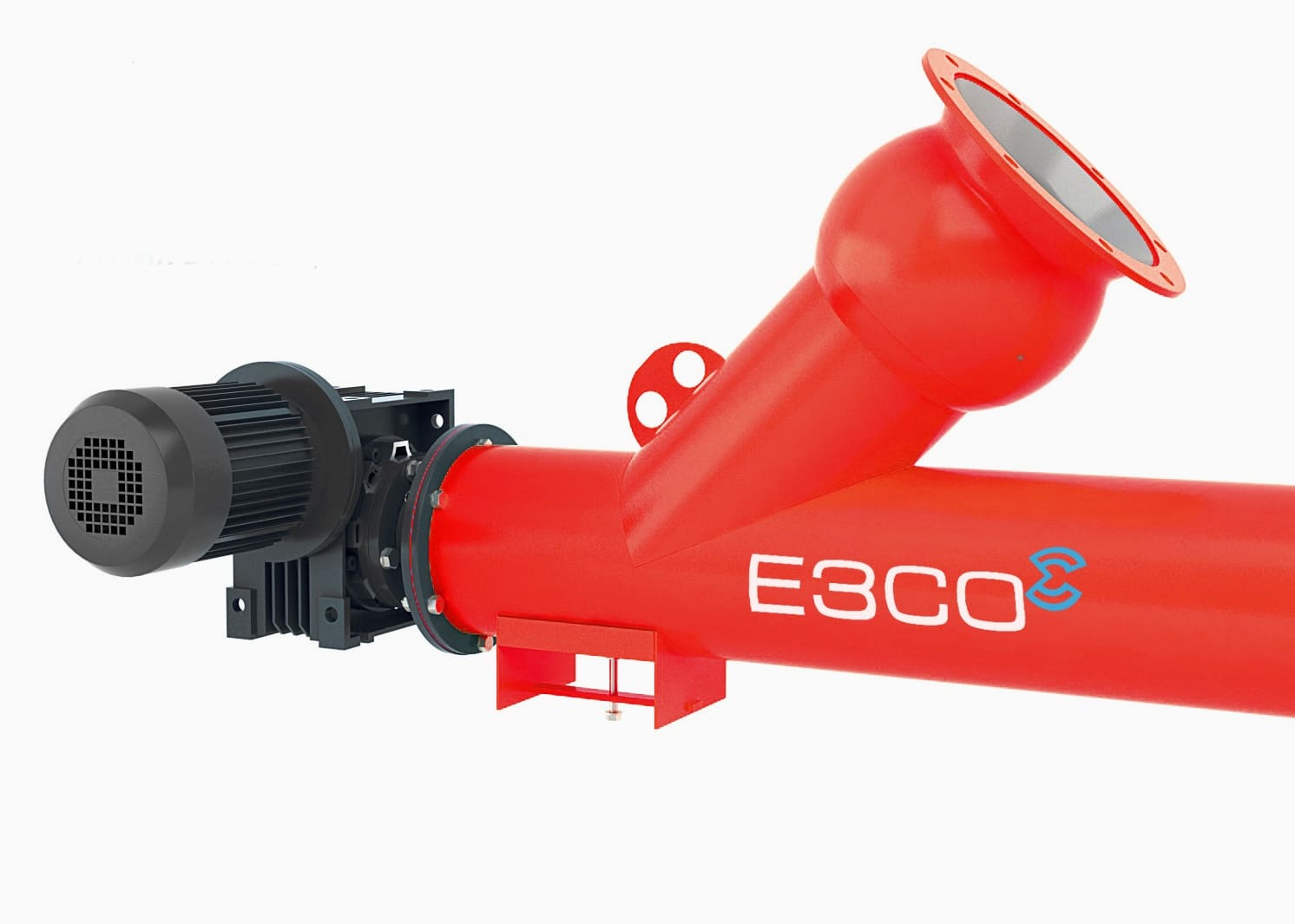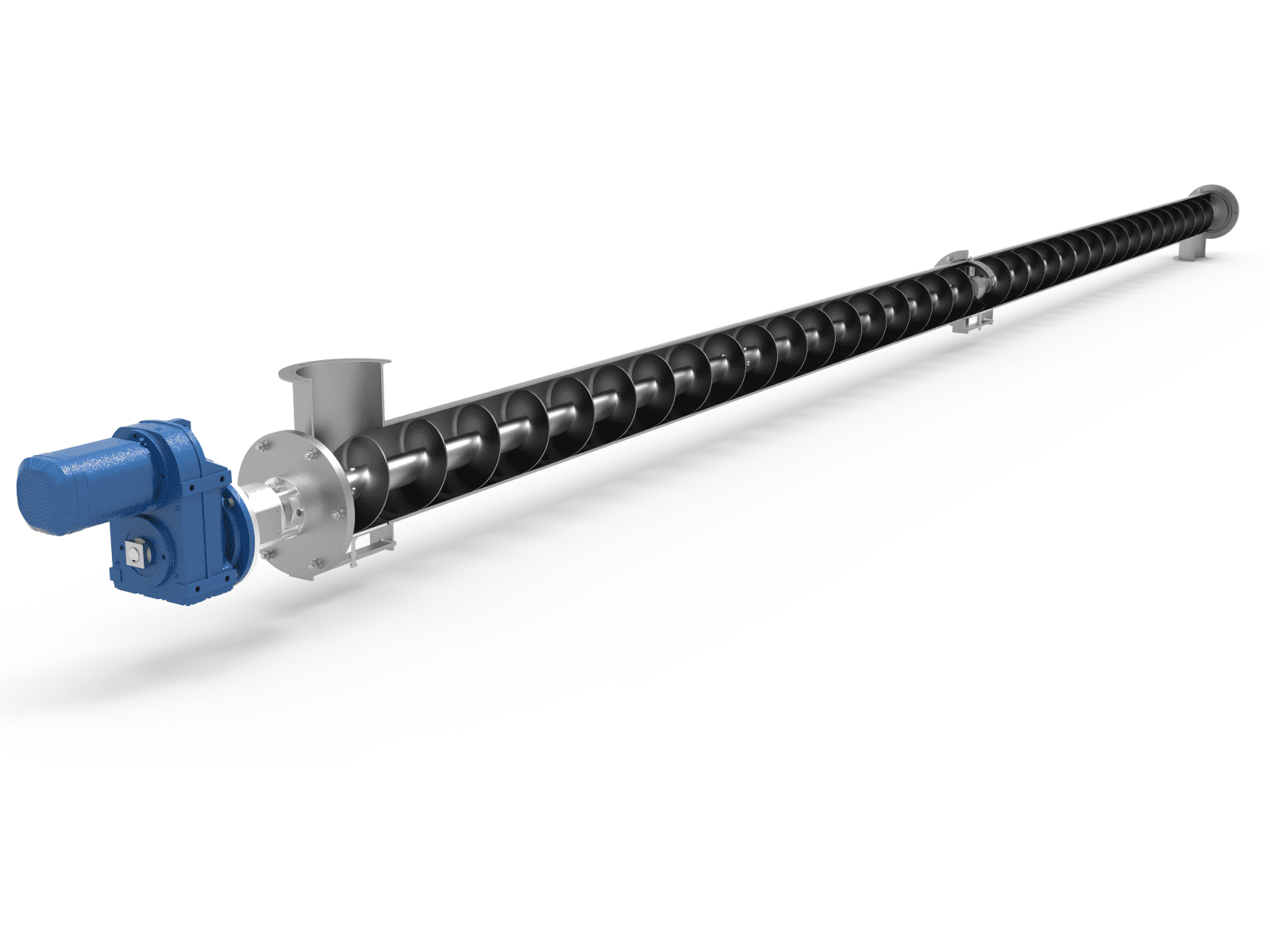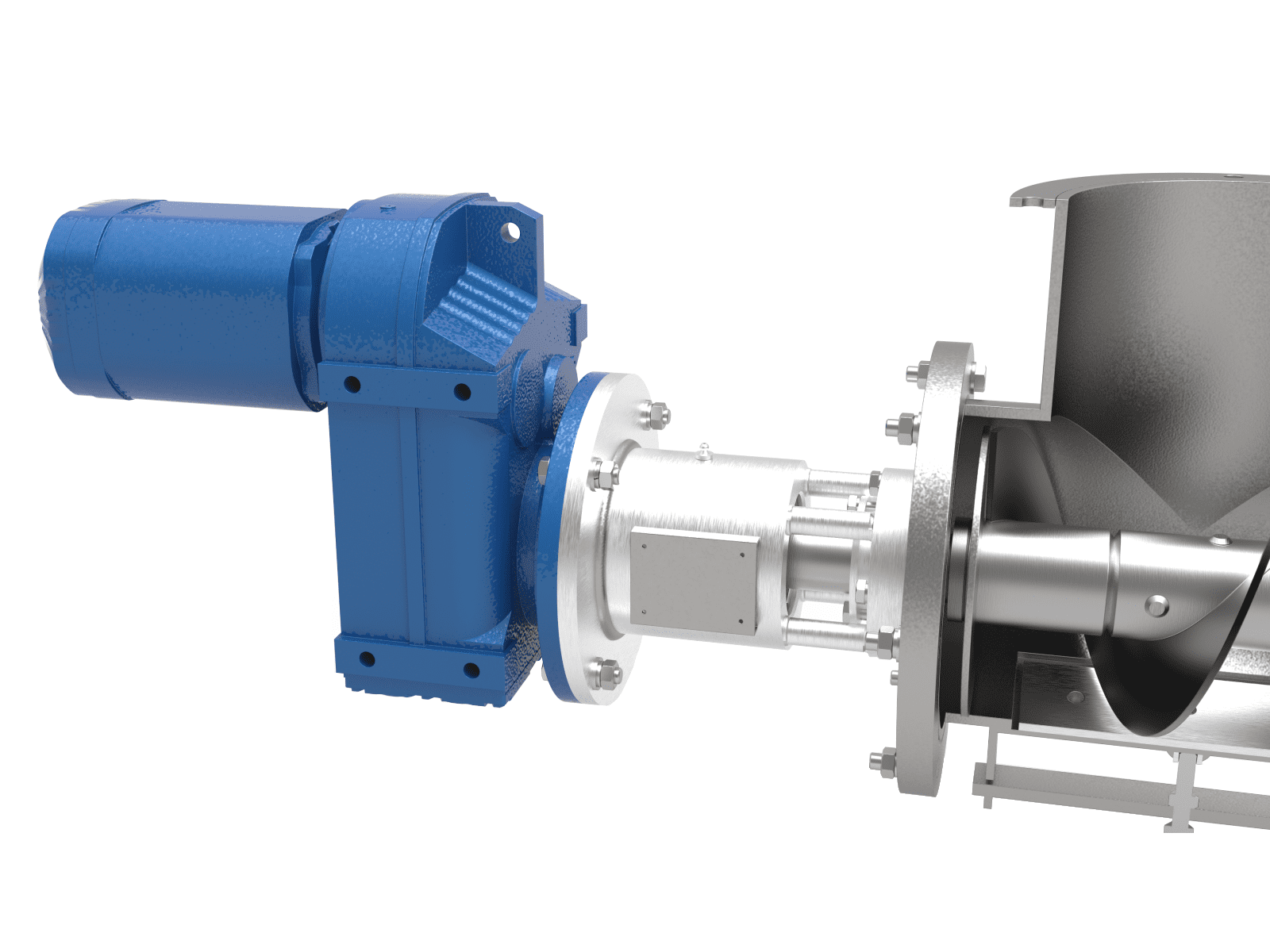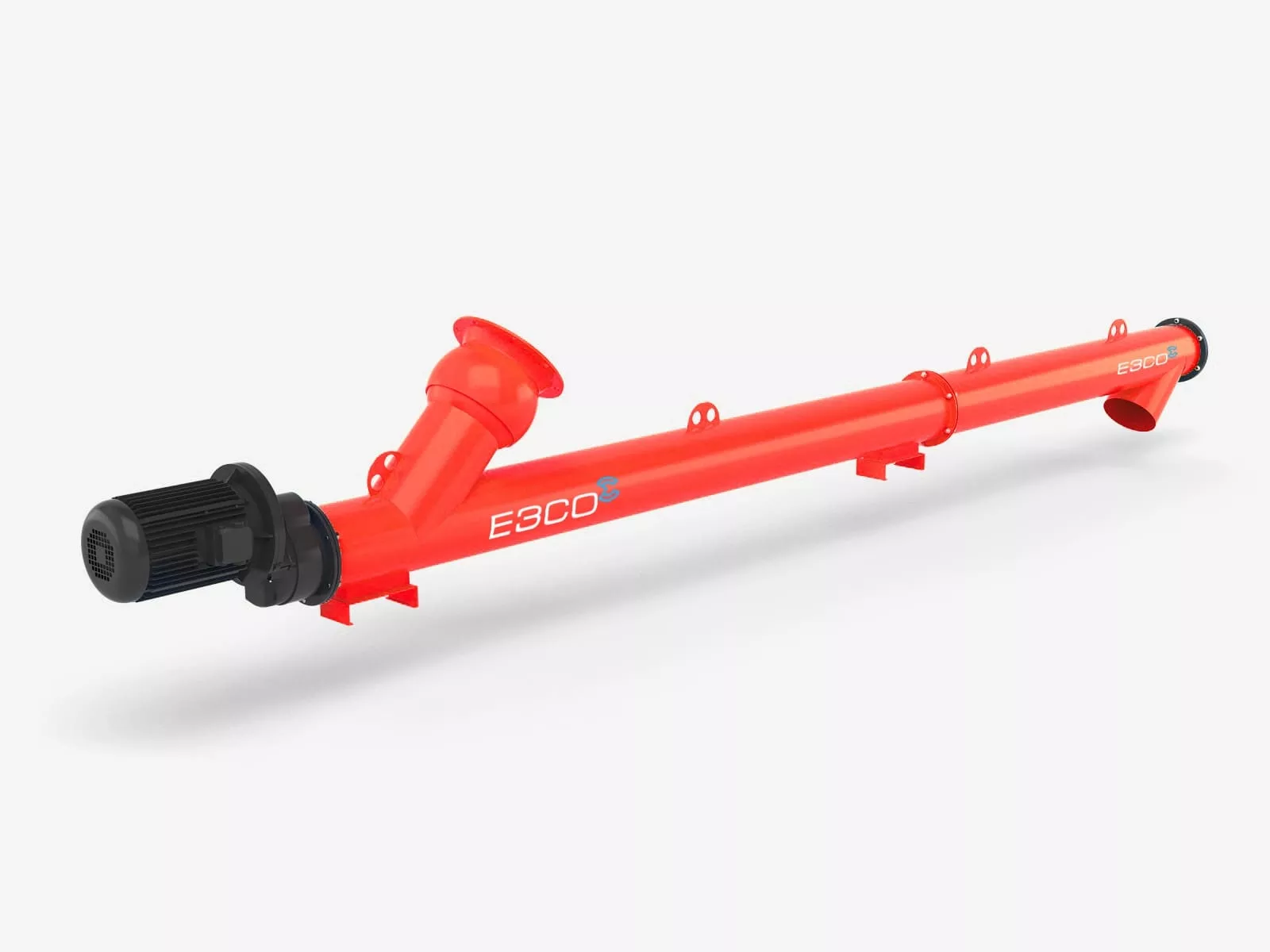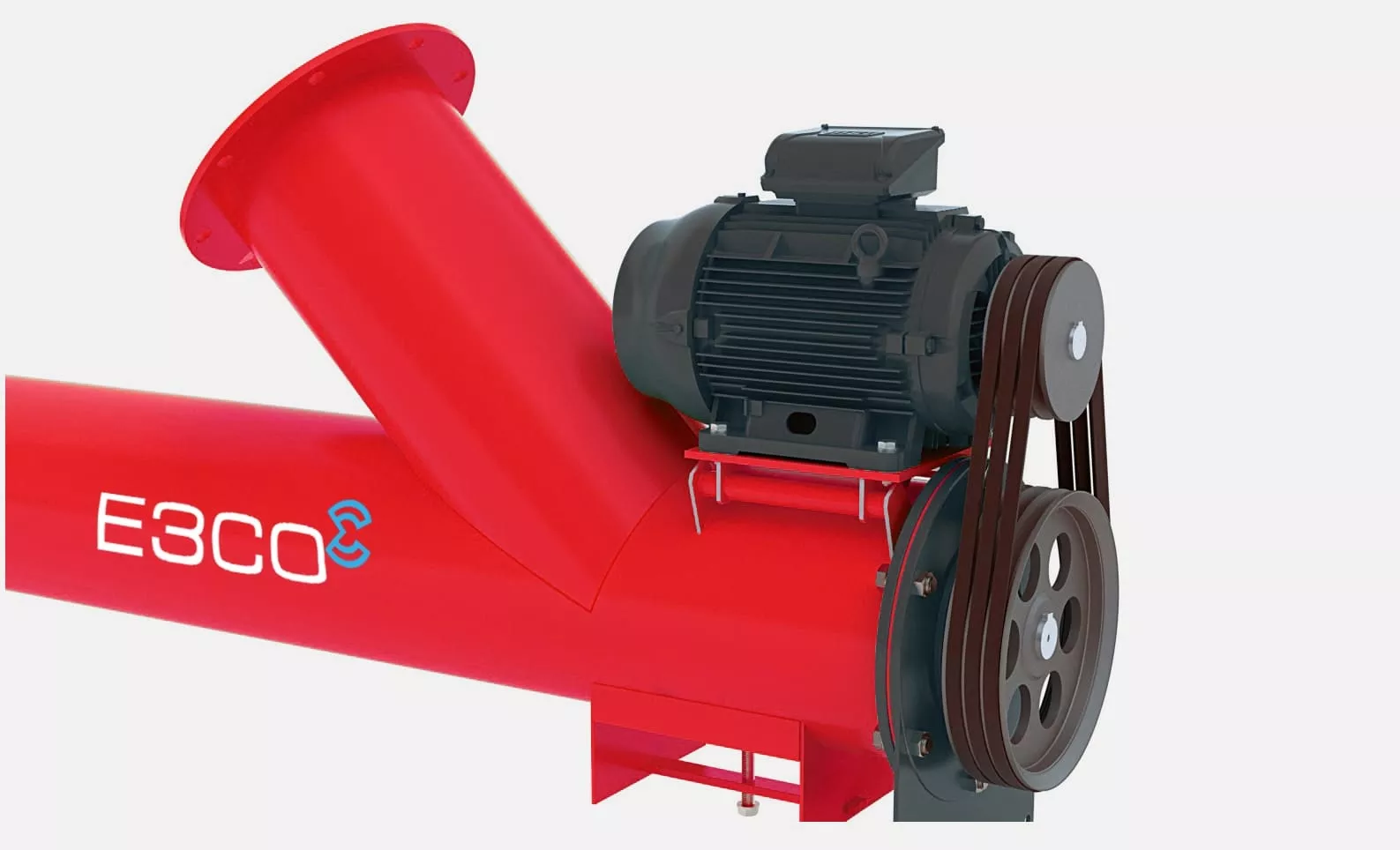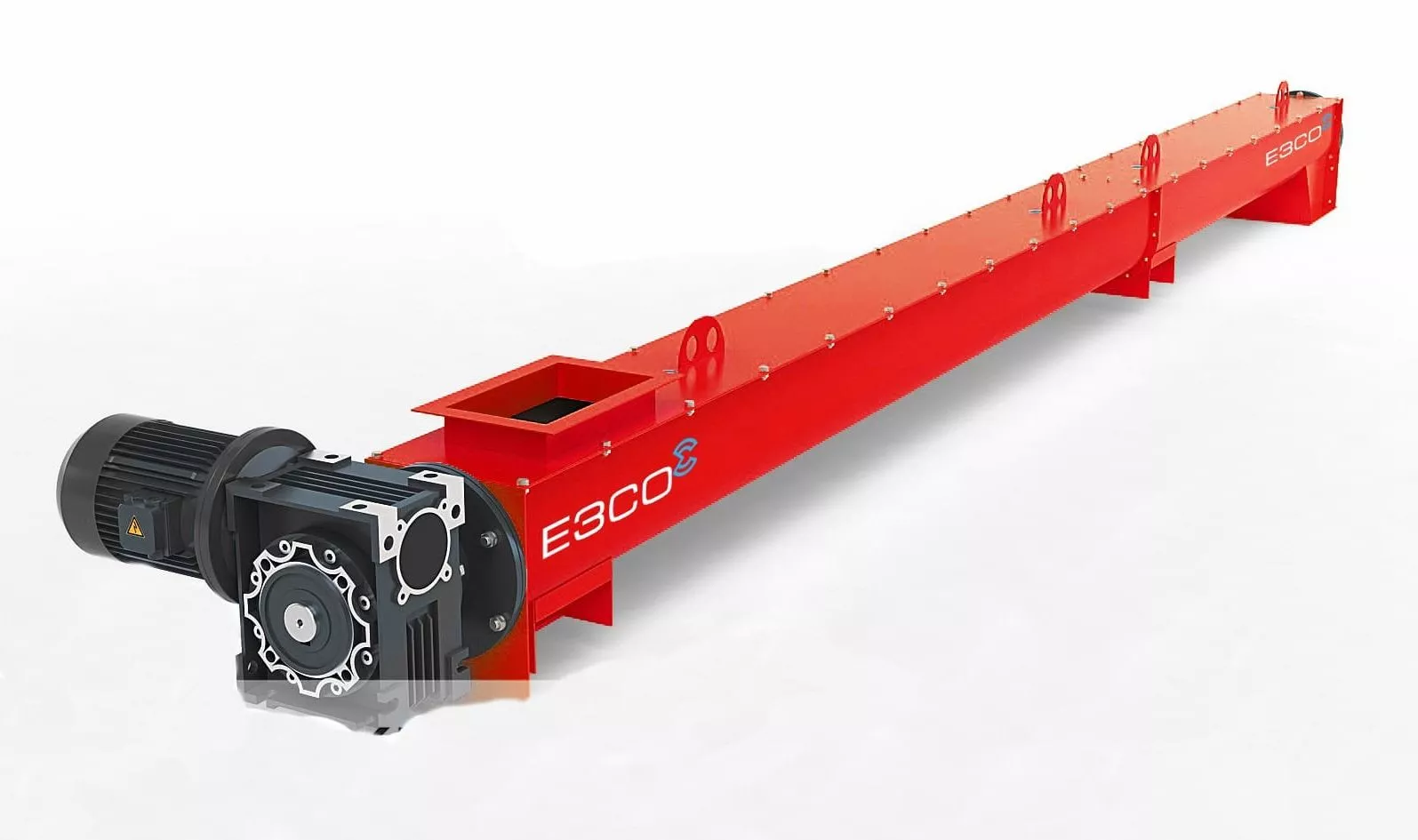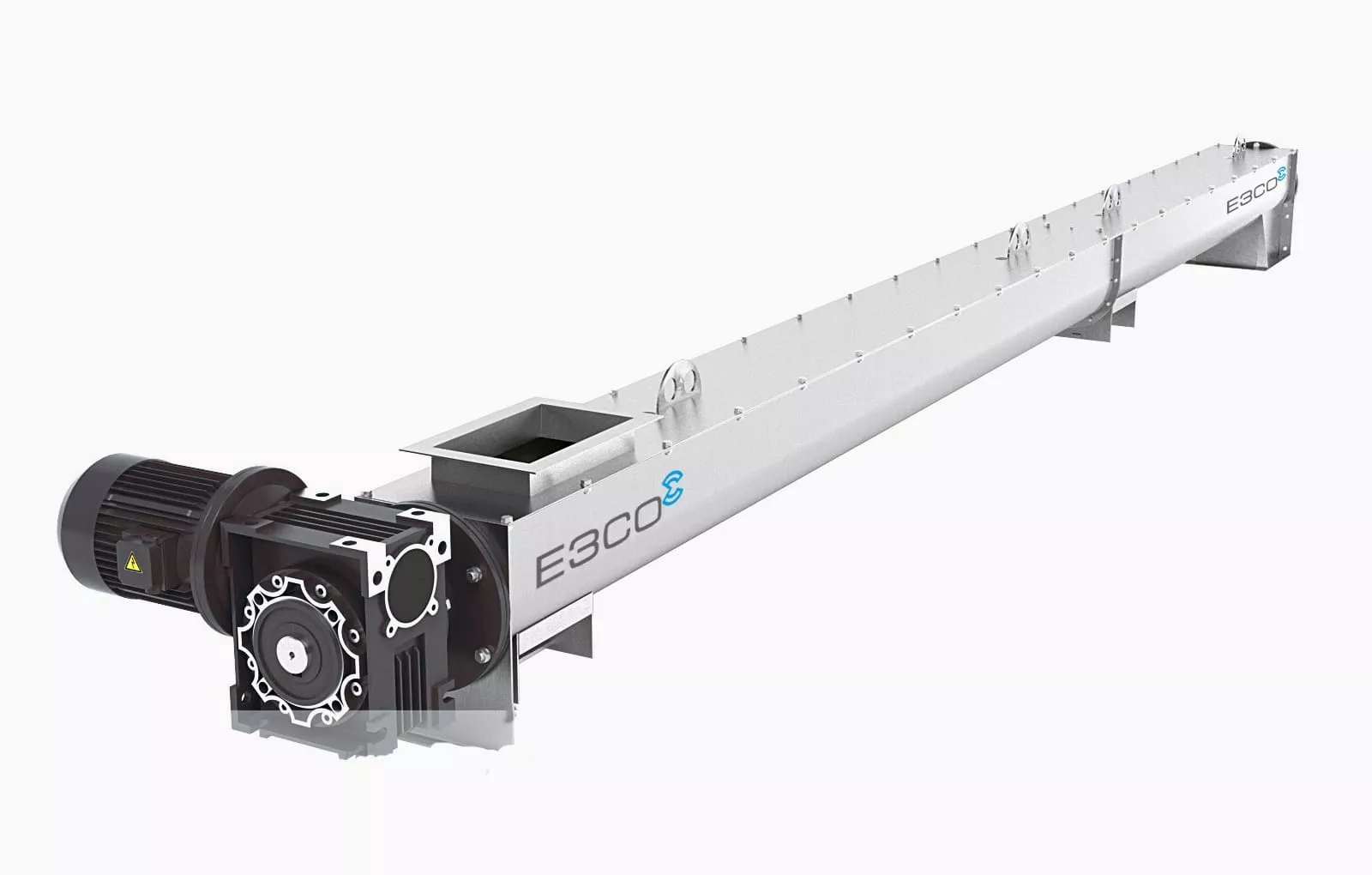ScrewTech Stainless Steel screw conveyor
Our company sells ScrewTech screw conveyors made of high-quality stainless steel. These screw conveyors are designed for moving bulk and pasty materials in the chemical, pharmaceutical and food industries.
Design features
Structurally, the ScrewTech screw conveyor is a pipe with a diameter of 114 to 320 millimeters, inside which a stainless steel screw rotates, moving the transported substance. The necessary torque is transmitted to the stainless screw by the electric motor through a reliable worm gear. For conveyors based on a pipe with a diameter of 159 mm, a 4 kW motor is used, and for rotating a stainless screw with an outer diameter of 219 mm, the motor power can reach 11 kW.
The nominal speed of rotation of the screw in the conveyors is 280 rpm, which allows them to move up to 15 tons / hour with an internal diameter of 159 mm and up to 40 tons / hour with a diameter of 219 mm. The conveyors can be used to move loads horizontally or at an angle of up to 45°. The maximum transport distance is 4/6/8 meters for devices with stainless steel screws with a diameter of 159 mm and 6/8/10 meters with a diameter of 219 mm.
High loads on the stainless steel screw required the use of powerful power bearing units, as well as the use of an intermediate support. Their design reliably protects the bearings from contact with the substances moved along the conveyor. These screw conveyors can be used equally effectively as pushing or pulling conveyors.
The high quality of the surface treatment of the stainless screw and the minimum gap between it and the housing ensure high system performance. For maintenance and monitoring of the conveyor operation, there is an inspection hatch on the body. The conveyor is integrated into the process line by means of flanged connections. At the request of the customer, the product can be equipped with matching flanges or flexible inserts for easy integration into the production line.
The use of screw conveyors in production lines can significantly improve the quality of products and reduce air pollution. Their use minimizes the mutual influence of atmospheric air and transported substances, which is always desirable when working with chemical reagents and food products.
